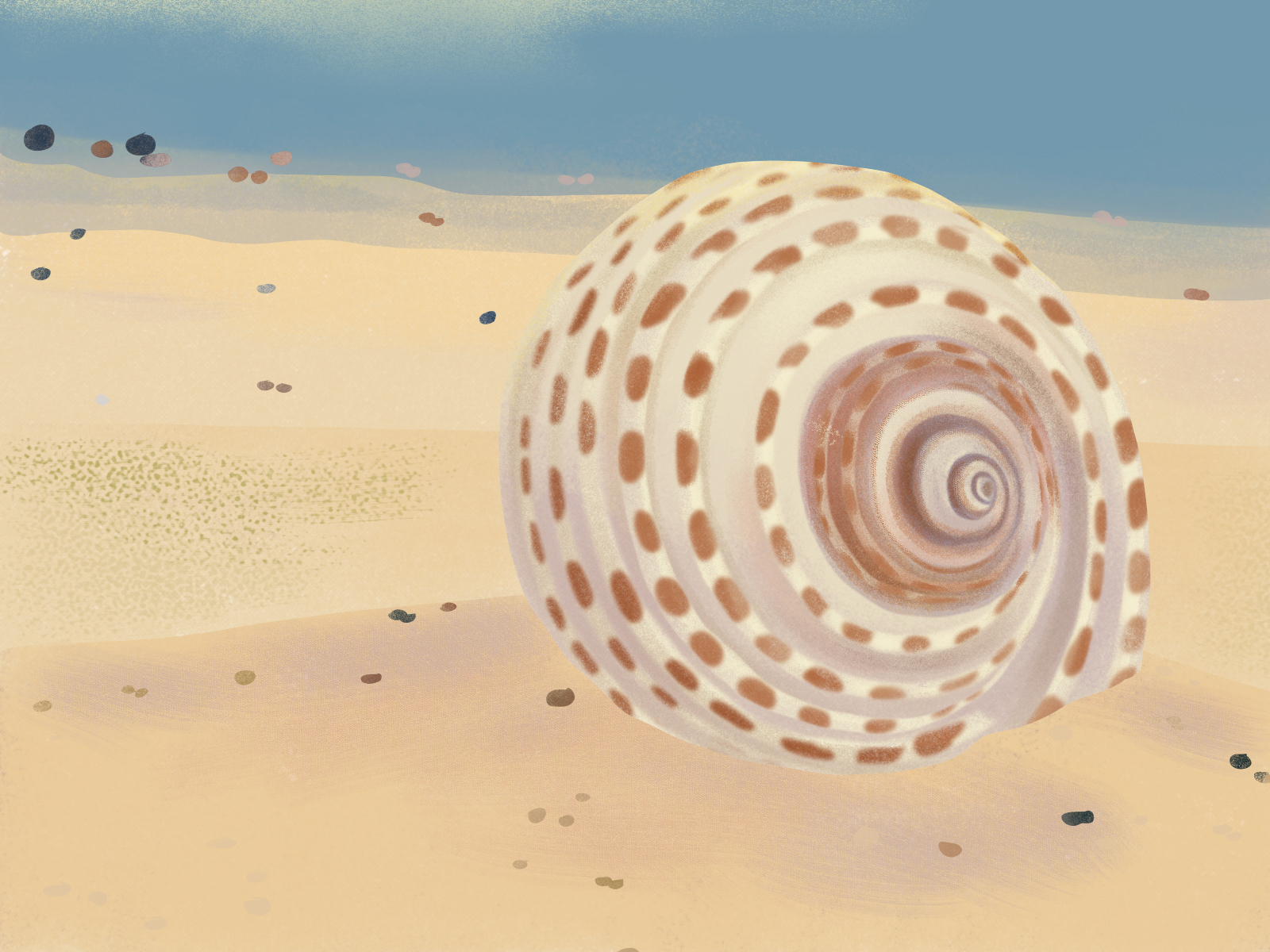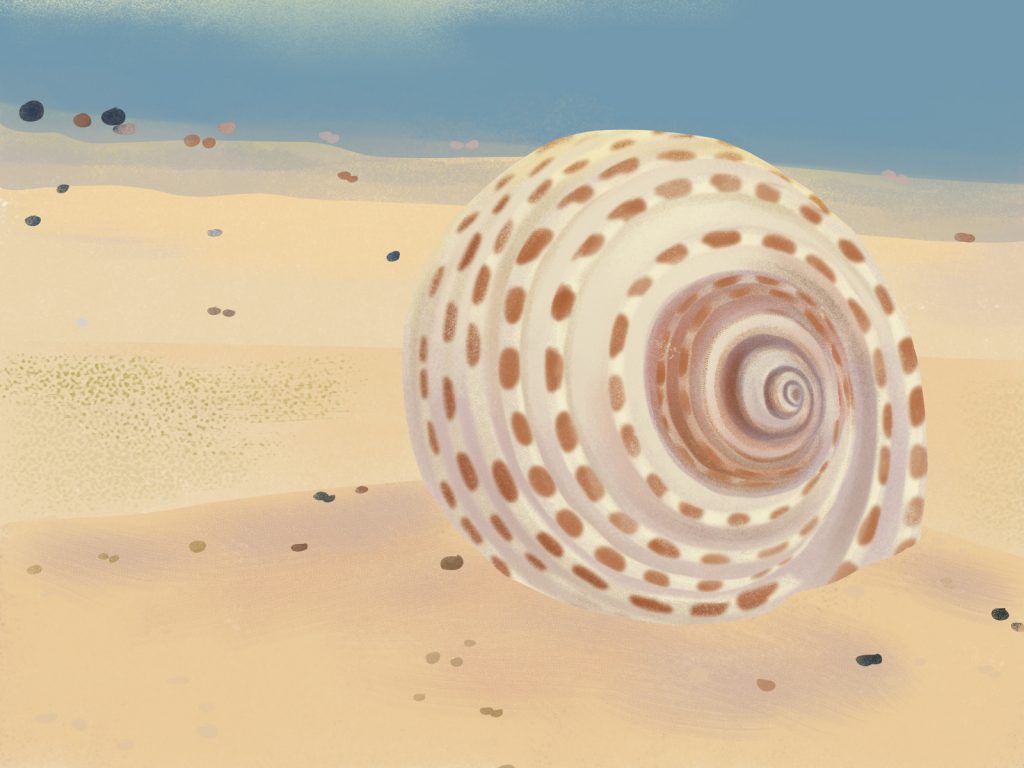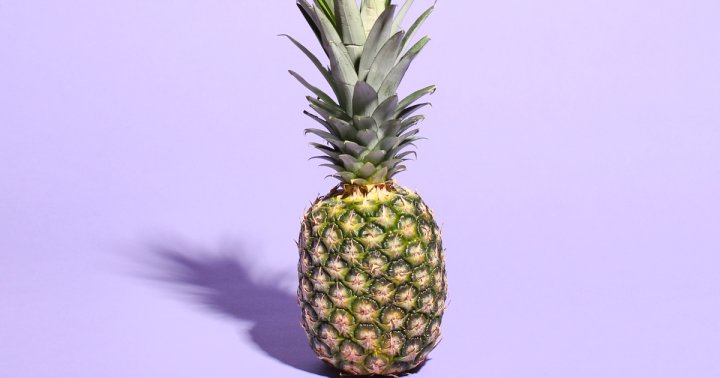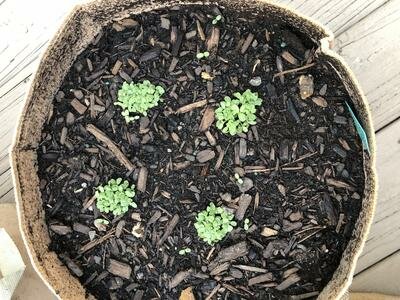Best of The Haiku Challenge (May 2024)
Announcing the winning poems from Tricycle’s monthly challenge The post Best of The Haiku Challenge (May 2024) appeared first on Tricycle: The Buddhist Review.

Announcing the winning poems from Tricycle’s monthly challenge
By Clark Strand Jul 04, 2024 Illustration by Jing Li
Illustration by Jing LiWith the basic ingredients of haiku consisting of only the 5-7-5 syllable pattern and a season word, there is tremendous freedom of expression within the form. That freedom manifests itself in terms of style and tone, but it is the turn of thought that the poet adds to a haiku that gives each poem an individual stamp. Though grounded in objective imagery, the winning and honorable mention poems for last month’s challenge embraced a remarkable range of meanings.
Marcia Burton echoes one of the oldest themes in Western art with her image of the water inside a seashell “cradling the blue sky.” Kelly Shaw erases the border between land and sky, day and night, to reveal seashells that glow with their own inner light. Nancy Winkler balances her life span against the time it would take to watch seashells “finish crumbling into sand.”Congratulations to all! To read additional poems of merit from recent months, visit our Tricycle Haiku Challenge group on Facebook.
You can submit a haiku for the current challenge here.
WINNER:
inside a seashell
a teaspoon of water rests
cradling the blue sky
— Marcia Burton
Every haiku is a microcosm—a “small world” that includes, in miniature, the essential features of something larger. With only seventeen syllables to work with in a haiku, the creation of that microcosm is a bit of an illusion. But if the details are just right, the reader will imagine the rest.
Walking along the shore after the tide has gone out, the poet notices a shell lying on its back in the still-wet sand. She experiences a moment of wonder as the shallow water inside of it reflects a perfectly clear blue sky.
The poem might have been composed on the spot, but I strongly suspect that it was not. The words teaspoon, rests, and cradling are too mannered to have emerged in the moment. My guess is, the poet was struck dumb by wonder initially and not yet sure how to convey the truth of what she had seen. A flat description would never have captured it. A haiku is not a photograph but a poem.
Wordsworth defined poetry as “the spontaneous overflow of powerful emotion”—but he added as a caveat that “it takes its origin from emotion recollected in tranquility.” The poetry of a moment is never exactly what happened in that moment. To the objective image, the poet must add a turn of thought.
A “teaspoon of water” is a very small amount. And yet, in its resting state it can hold something infinitely larger than itself. That both the water and the sky are “cradled” by the shell suggests a paradox of scale at the heart of the poem. But there is more to the word than that. From the Old English cradol for “little bed or cot,” used as a verb it means to hold gently and protectively, as a mother would a child.
So the message of the moment—which the poet must have intuited immediately, even if she subsequently labored to find the right words to express it—is one of profound peace, protection, and tranquility. She has given us an ecological portrait of a Madonna and Child, one of the oldest visual themes in Western art.
HONORABLE MENTIONS:
twilight fades gently
like walking on soft wet glass
here and there a shell
—Kelly Shaw
if I had the time
I’d watch these seashells finish
crumbling into sand
—Nancy Winkler
♦
You can find more on May’s season word, as well as relevant haiku tips, in last month’s challenge below:
Spring season word: “Seashell”
moving the seashell
from one ear to the other
i become two shores
Submit as many haiku as you wish that include the season word “seashell.” Your poems must be written in three lines of 5, 7, and 5 syllables, respectively, and should focus on a single moment of time happening now.
Be straightforward in your description and try to limit your subject matter. Haiku are nearly always better when they don’t have too many ideas or images. So make your focus the season word* and try to stay close to that.
*REMEMBER: To qualify for the challenge, your haiku must be written in 5-7-5 syllables and include the word “seashell.”
Haiku Tip: Explore the Range of English Language Haiku!
The first writers to produce haiku in English were established poets who knew what they were doing—if not with haiku, then at least with poetry. But they weren’t going at it blindly. They understood the basics of the form, the value of juxtaposing images, and the importance of focusing on subjects drawn from nature, often from the four seasons. For the rest, they followed their own inclinations.
Poets like Amy Lowell (1874–-1925) were more interested in what could be done with the haiku form in English than they were in mastering the styles and techniques of Japanese poetry. As a result, they experimented freely, writing haiku that—even today—seem fresher than those produced by poets who write for the magazines devoted to haiku in English today.
Two of Lowell’s haiku:
As a river-wind
Hurling clouds at a bright moon,
So am I to you.
In terms of genre, this is a love poem. But its technique, the heroic simile, comes straight from Homer. A Japanese poet would never dream of writing a verse like this, but there it is—a haiku that draws on a Western poetic tradition going back thousands of years.
Love is a game — yes?
I think it is a drowning:
Black willows and stars.
This is also a love poem, but a plaintive one. In the Western literary canon, it belongs to the genre of “lover’s laments.”
Both poems were written in 5-7-5 syllables. And both contain season words—“moon” for autumn and “willow” for spring. But neither is in the least derivative of Japanese poetry. Lowell was a feminist, a lesbian, and a giant of the Imagist movement that gave birth to modern English language poetry. When she used the haiku form, it was because she had something to say in it, not because she wanted to produce a poem that would satisfy a specialist in Japanese literature. She was a poet using the haiku form to produce good literature in English. In that respect, she was a hundred years ahead of her time.
A note on seashells: Traditionally, seashells belong to the animal category for springtime in haiku, although the animals who inhabited them are usually gone by the time they wash up on the shore. Because those animals adapted to a wide variety of conditions over millions of years, their shells are varied too. Some are flat, others round or spiral in shape. They vary in size as well—from micromollusks to giant clams. Gathering shells is a favorite spring pastime in Japan. In North America, it extends into the summer months as families begin vacationing at the shore. Any haiku including the word “seashell” is acceptable for this month’s challenge, although “shell” may be used alone, provided the meaning is clear.
![]()
Thank you for subscribing to Tricycle! As a nonprofit, we depend on readers like you to keep Buddhist teachings and practices widely available.

 JimMin
JimMin 






























